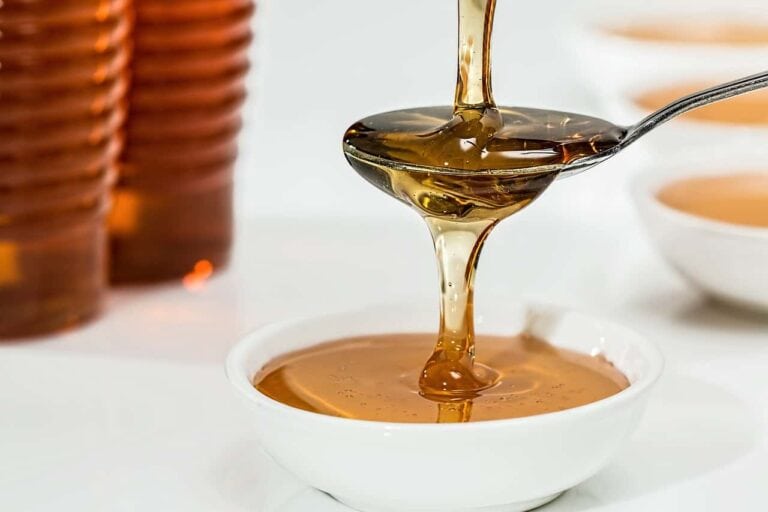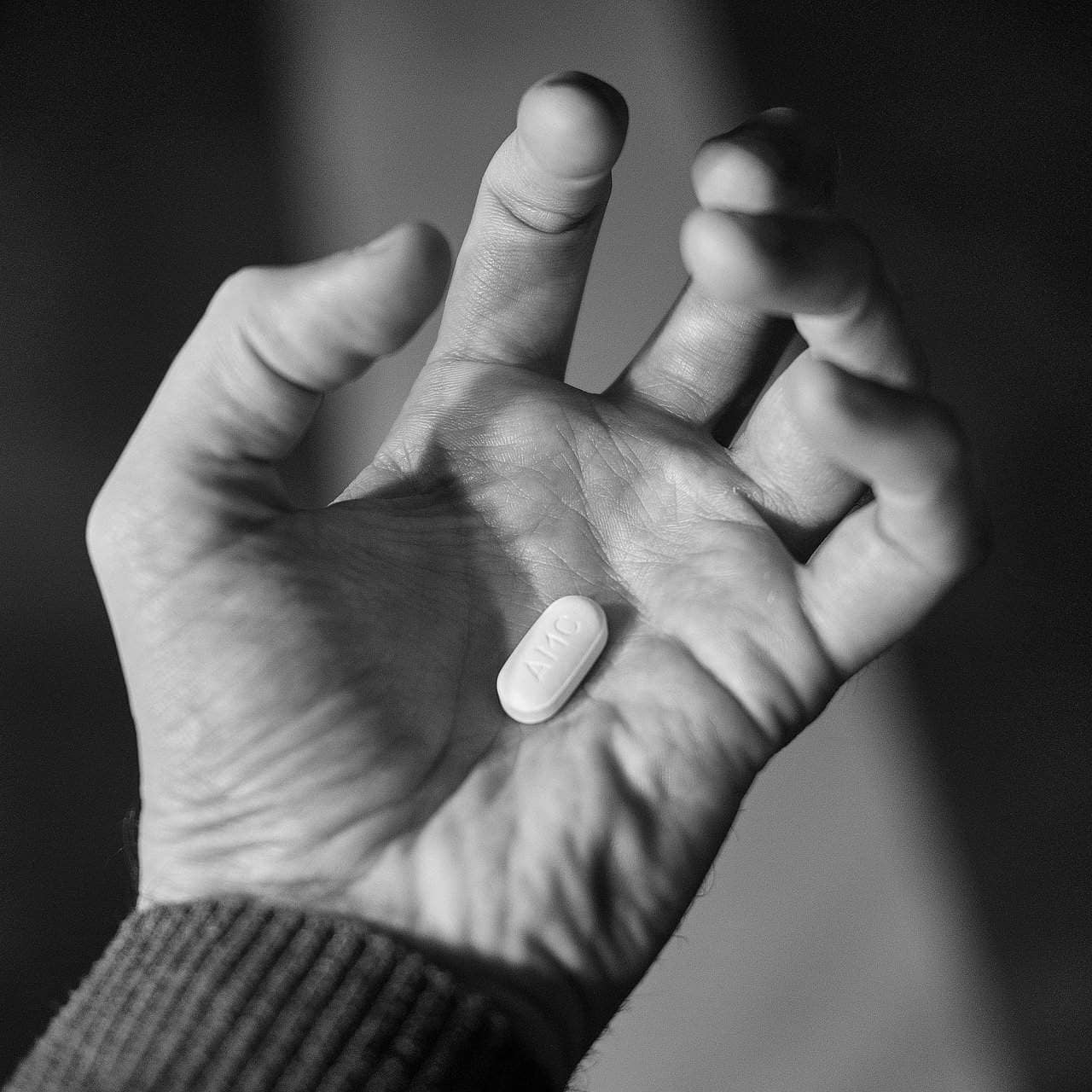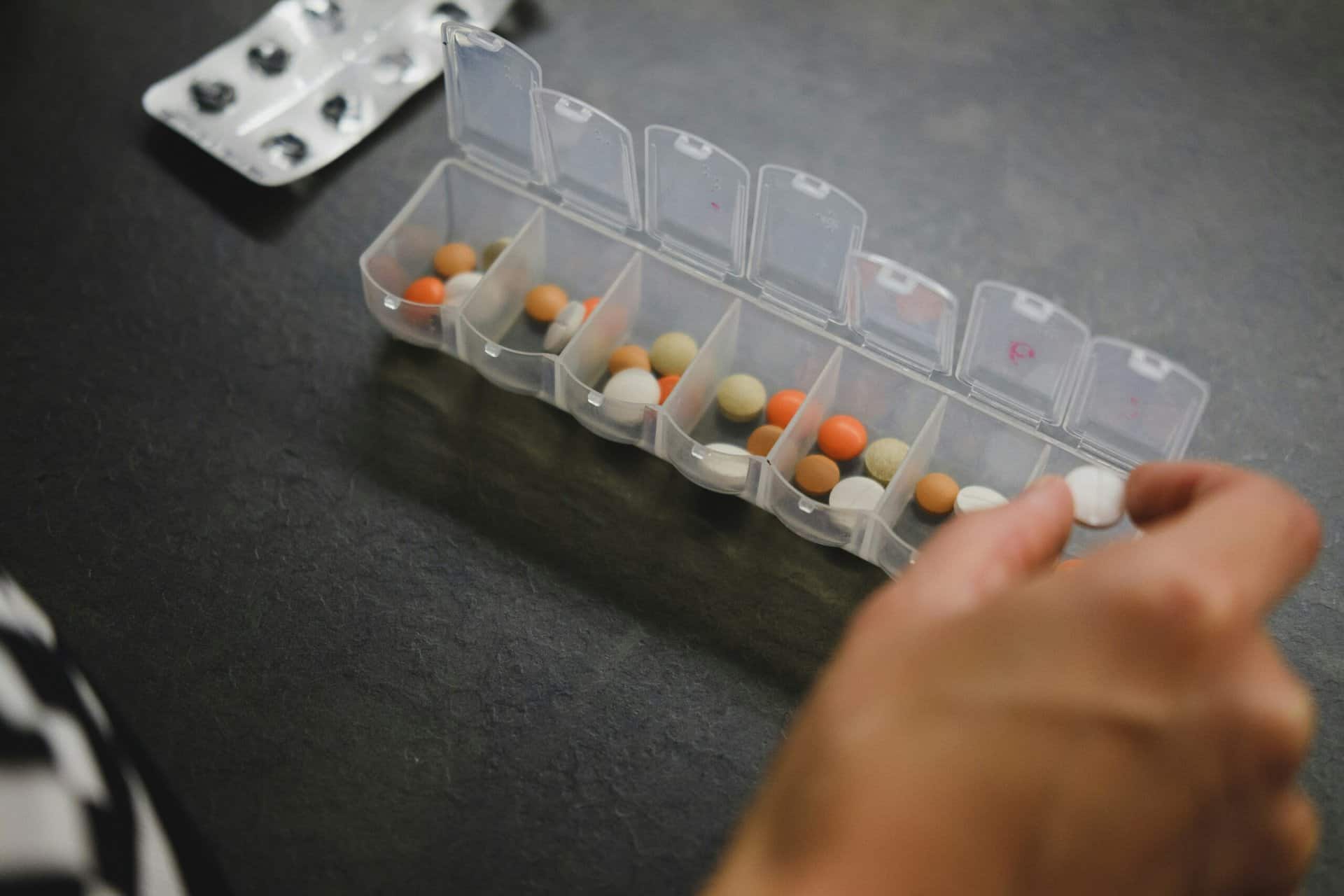Sweet! A word used in the U.S. to show that you approve of something. Like saying “cool”.
Both of which approval words my grandkids say are not used any more. Sorry, I still like to use them.
So this week as I learned about the medicinal qualities of honey, I gave it my full approval via the smiling exclamation “Sweet!”
Seriously, and I will make this a short and sweet blog – pun intended. As I researched the statement that started me down this path, I found a LOT of material supporting this positive news about honey to which I have not ever really paid much attention.
The statement that caught my attention – “Did you know that honey is the only type of sugar that actually improves your tooth health instead of harming it? It’s true!”
OK, I knew I really liked honey, and I also knew I have heard more about the terrible side of sugar in the last few years than ever. But as I dug in, which you probably have already suspected, moderation is to be followed here.
The follow-up dental info was that honey naturally contains antimicrobial compounds that kill harmful bacteria in the mouth and allow good oral bacteria to flourish. This came from Primal Source News and they added some historical verification.
They said many hunter-gatherer tribes around the world that consume large amounts of honey have been found to have very good oral health and ZERO cavities despite their frequent honey consumption. Nope, I am not trekking around the world to verify these results, or find out what other practices of the tribes support good oral health—but I suspect there are a few other contributors.
That said, I was surprised at what my research turned up – and yes, from the NIH National Library of Medicine came this insight:
“Indeed, medicinal importance of honey has been documented in the world’s oldest medical literatures, and since the ancient times, it has been known to possess antimicrobial property as well as wound-healing activity. The healing property of honey is due to the fact that it offers antibacterial activity, maintains a moist wound condition, and its high viscosity helps to provide a protective barrier to prevent infection.”
And yes, I found several “how-to” directions for using honey on wounds –this was new to me. But an even more interesting point came from the NIH source. Rather concerning about infectious diseases.
The NIH intro talked about antimicrobial agents being important in reducing the global burden of infectious diseases. Evidently, as resistant pathogens develop and spread, the effectiveness of the antibiotics is diminished. As they pointed out – that is a very serious threat to public health.
In addition, they mentioned that all kinds of antibiotics, including the major last-resort drugs, the frequencies of resistance are increasing worldwide. Therefore, alternative antimicrobial strategies are urgently needed.
Now here was the part of their report that I really liked. Evidently this situation has led to a re-evaluation of the therapeutic use of ancient remedies, such as plants and plant-based products, including honey.
It was not surprising to learn that in ancient cultures honey was used for both nutritional and medical purposes, but now it is coming back in vogue. There is an alternative medicine branch, called apitherapy, developed in recent years, which offers treatments based on honey and other bee products against many diseases including bacterial infections.
From Medical News Today I learned the differences in make-up between sugar and honey:
Sugar = 50% fructose and 50% glucose
Honey = 40% fructose and 30 % glucose – remainder is water, pollen, minerals (like magnesium & potassium)
So, honey has more nutrients and is less processed than sugar.
Plus the suggestion was made that one should choose local honey when possible and always raw. Several studies echoed the “local” honey support saying they possess excellent antibacterial activity. Evidently, honey varies in its nutritional composition based on the origin of the nectar used to make it – that’s the local pollen piece.
One warning I saw that I will pass along – it was new to me. It was to avoid mass produced honey from China because it is often fraudulently cut with high fructose corn syrup to make it cheaper.
Just a few more positives on honey’s side –
- Along with the minerals mentioned above, honey can have trace amounts of amino acids, antioxidants, enzymes, and vitamins.
- It is less processed than sugar (heeding my nutritionist’s negative info about processing)
- As bees add enzymes to honey, the sugars are already partially broken down, making it easier to digest
- Sugar is higher than honey on the glycemic index, and hard on the liver which has to metabolize refined fructose.
- Honey helps your body produce nitric oxide, which improves blood flow – think heart health
Okay – so you have heard a lot of good stuff about honey. Hope it was helpful. I was reminded to consider it more often and to remember the positives about using it. I’m off to get my teaspoon of honey in my cup of tea!
Sweet!
Food and dietary supplement products sold by Youngevity are intended to contribute to the daily diet and overall health and are not intended for use in the prevention, treatment, mitigation, or cure of any disease or health-related condition. Individuals who have or suspect they have an illness or who wish to commence a diet or exercise program should consult an appropriately licensed health care practitioner for a medical history evaluation, diagnosis, treatment, and health recommendations.



